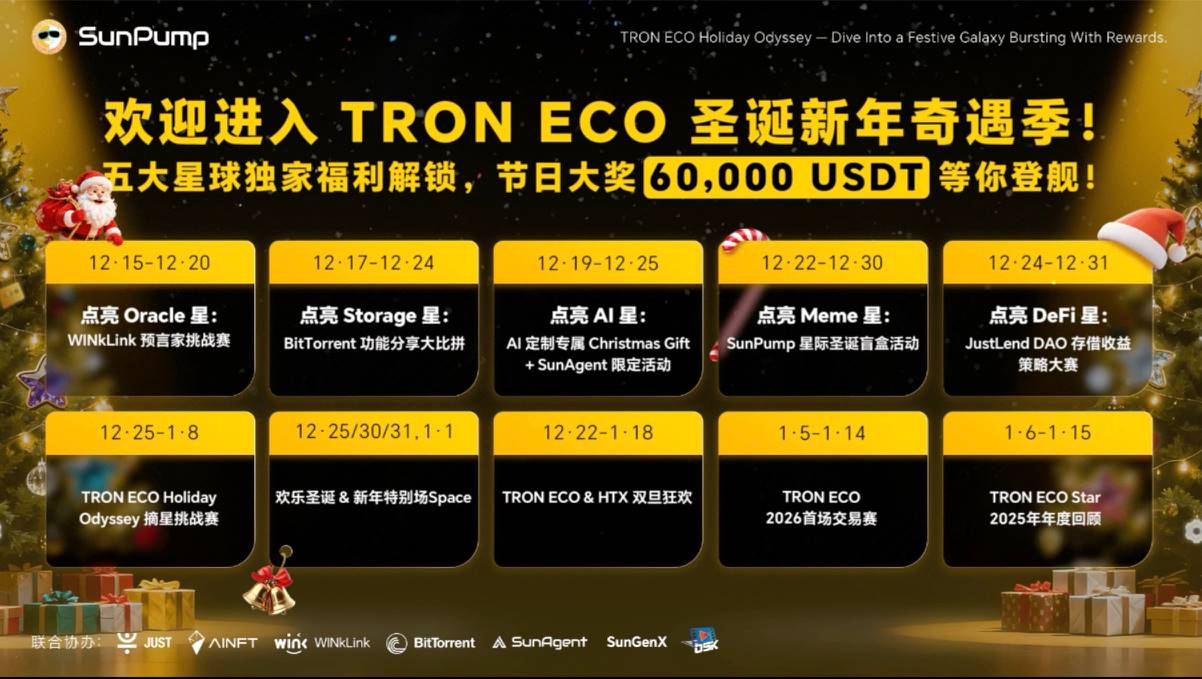Goldman Sachs' $470M Bitcoin Play: A Signal for Institutional Onboarding and Long-Term Value Capture
- Goldman Sachs allocates $470M in direct Bitcoin holdings and $1.5B in Bitcoin ETFs, signaling institutional acceptance of crypto as a macro-hedge. - The dual strategy balances unmediated price exposure with regulated ETFs like IBIT/FBTC, aligning with evolving U.S. and EU regulatory frameworks. - Rising institutional adoption by firms like BlackRock and JPMorgan validates Bitcoin's role in diversifying portfolios amid inflation and geopolitical risks. - Retail investors are urged to re-evaluate crypto al
In the ever-evolving landscape of institutional finance, few moves have signaled a paradigm shift as clearly as Goldman Sachs' recent $470 million Bitcoin allocation. The firm's dual strategy—combining direct Bitcoin ownership with a $1.5 billion stake in Bitcoin ETFs—has ignited a broader conversation about the asset's legitimacy as a macro-hedge and its role in diversified portfolios. For investors, this represents not just a tactical maneuver but a strategic endorsement of Bitcoin's potential to reshape institutional asset allocation in an era of economic uncertainty.
The Dual Strategy: Balancing Control and Compliance
Goldman Sachs' approach to Bitcoin in 2025 reflects a calculated balance between direct exposure and structured investment vehicles. By holding $470 million in Bitcoin directly, the firm gains unmediated access to price appreciation and liquidity, while its $1.5 billion in ETFs—particularly the iShares Bitcoin Trust (IBIT) and Fidelity Wise Origin Bitcoin Fund (FBTC)—provides a regulated, diversified pathway to the asset. This duality is critical: direct holdings allow the firm to capitalize on Bitcoin's volatility, while ETFs mitigate counterparty risks and align with evolving regulatory frameworks like the U.S. spot Bitcoin ETF approvals and the EU's MiCA regulations.
The firm's 88% increase in IBIT holdings and 105% boost in FBTC underscore a preference for structured products that mirror institutional-grade security. This strategy isn't just about risk mitigation—it's about signaling confidence to a broader market. When a firm of Goldman Sachs' stature deploys capital across both direct and indirect channels, it sends a clear message: Bitcoin is no longer a speculative fringe asset but a core component of a modern, resilient portfolio.
Institutional Adoption as a Catalyst for Legitimacy
The broader implications of Goldman Sachs' move are profound. Institutional adoption has historically been a catalyst for asset class maturation, and Bitcoin is no exception. By integrating Bitcoin into its portfolio, Goldman Sachs joins a growing cohort of banks and asset managers—BlackRock, Fidelity, and JPMorgan among them—in redefining the boundaries of traditional finance. This shift is not merely about chasing returns; it's about addressing macroeconomic tail risks.
Bitcoin's role as a hedge against inflation and currency devaluation is increasingly validated by institutional behavior. With central banks grappling with persistent inflation and geopolitical instability, Bitcoin's finite supply and decentralized nature offer a compelling counterbalance to fiat currencies. Goldman Sachs' CEO David Solomon has openly acknowledged this, noting that client demand for crypto exposure has surged as investors seek alternatives to overvalued equities and stagnant bonds.
Retail Investors: The Urgency to Re-Evaluate
For retail investors, the message is clear: the institutionalization of Bitcoin is accelerating, and the asset's inclusion in diversified portfolios is no longer a question of if but how. The firm's dual strategy highlights the importance of balancing risk and reward—a principle that applies equally to individual investors. While direct Bitcoin ownership offers upside potential, it also demands active management. ETFs, by contrast, provide a more accessible, regulated vehicle for those seeking exposure without the complexities of custody.
The urgency for retail investors lies in re-evaluating crypto as a strategic allocation. Bitcoin's correlation with traditional assets has historically been low, making it an effective diversifier. For example, during the 2023 banking crisis, Bitcoin outperformed equities and gold, demonstrating its unique risk profile. As institutional players like Goldman Sachs continue to onboard, the asset's volatility is likely to moderate, further enhancing its appeal as a long-term hedge.
The Road Ahead: A New Era for Institutional Crypto
Goldman Sachs' Bitcoin play is emblematic of a larger trend: the normalization of crypto within institutional portfolios. The firm's actions align with a broader industry shift toward structured, regulated products that bridge the gap between traditional finance and digital assets. For investors, this signals an opportunity to rethink risk management and asset allocation in a post-crisis world.
As the market digests these developments, one thing is certain: Bitcoin's journey from speculative novelty to institutional staple is well underway. For those who recognize the writing on the wall, the time to act is now—not as a gamble, but as a calculated step toward long-term value capture in an increasingly unpredictable economic landscape.
Disclaimer: The content of this article solely reflects the author's opinion and does not represent the platform in any capacity. This article is not intended to serve as a reference for making investment decisions.
You may also like
samczsun: The Key to Crypto Protocol Security Lies in Proactive Re-Auditing
Bug bounty programs are passive measures, while security protection requires proactive advancement.

Millennials with the most cryptocurrency holdings are reaching the peak of divorce, but the law is not yet prepared.
The biggest problem faced by most parties is that they have no idea their spouse holds cryptocurrency.

Using "zero fees" as a gimmick, is Lighter's actual cost 5–10 times higher?
What standard accounts receive from Lighter is not free trading, but rather slower transactions. This delay is turned into a source of profit by faster participants.

Prize pool of 60,000 USDT, “TRON ECO Holiday Odyssey” annual ecological exploration event is about to begin
TRON ECO is launching a major ecosystem collaboration event during Christmas and New Year, offering multiple luxurious benefits across the entire ecosystem experience!
